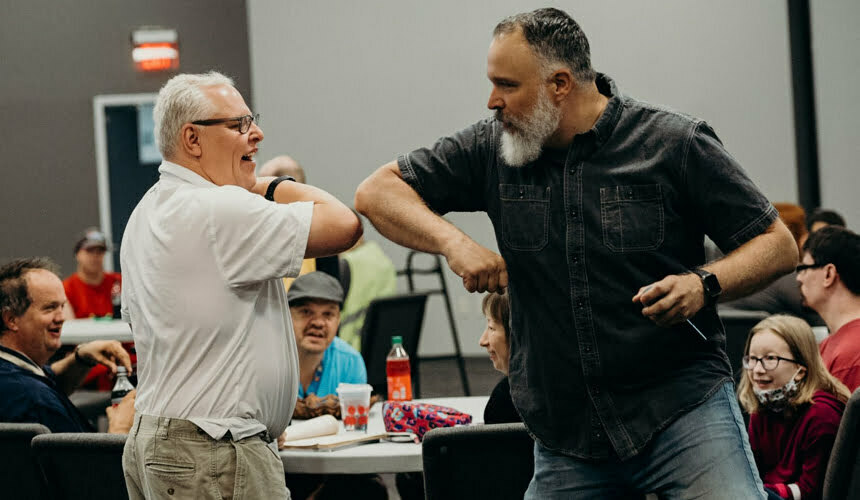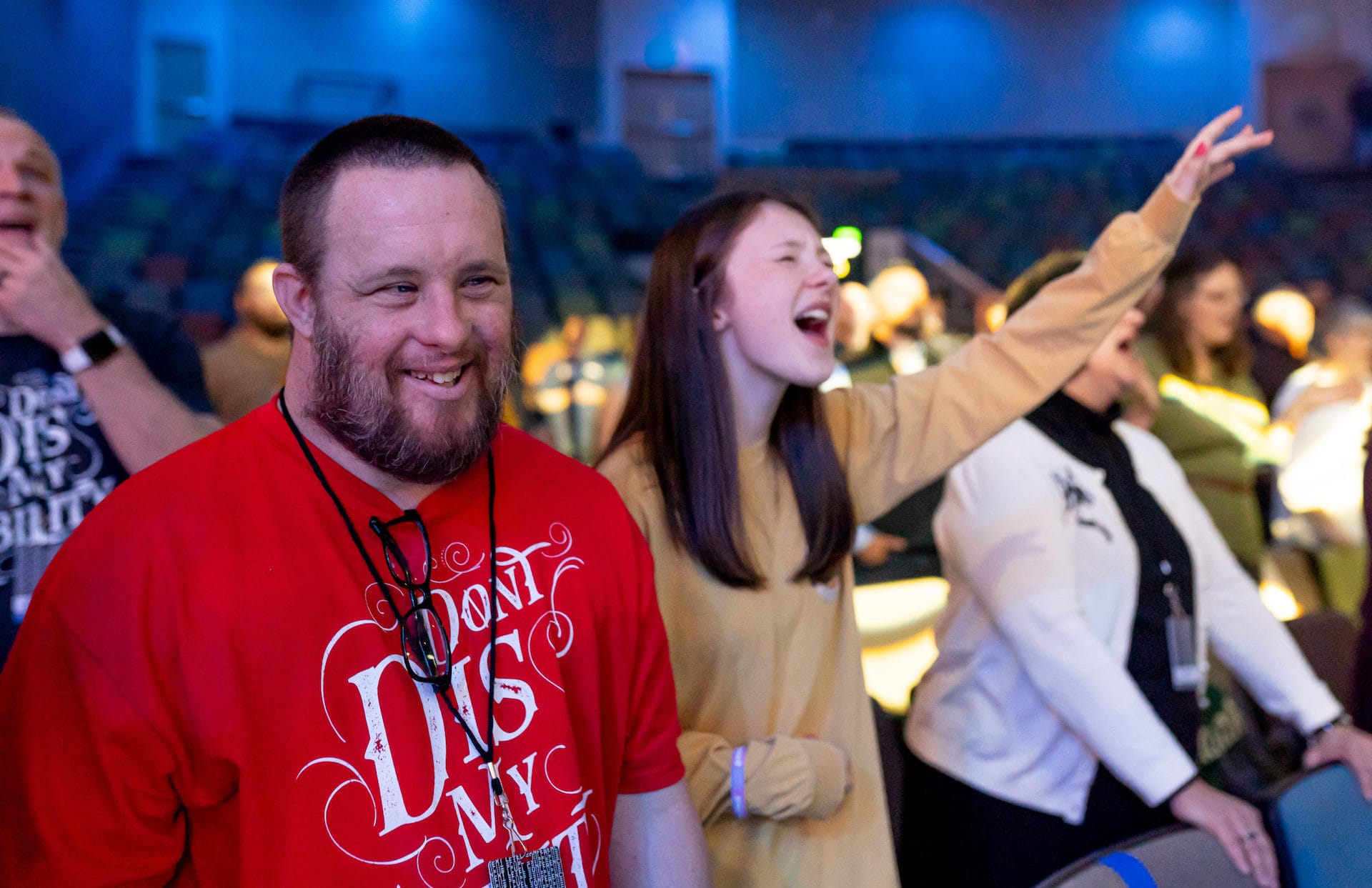

Photo courtesy of disabilityisbeautiful.com
As someone who has committed his life and ministry career to the field of Disability Ministry, I am always left dumbfounded that so few have joined the cause to this point. Estimates are the 80-85% of churches have no form of Disability Ministry. This is despite the fact that upwards of 1,500,000,000 live with disability worldwide and 60,000,000 in the United States.
There are endless arguments as to why churches should engage in Disability Ministry from social, to emotional, to justice, and so on. The only angle I want to take however is a brief look at what we can find in scripture. Because what else should we need? You will quickly see that there is evidence of Disability Ministry and Jesus from cover to cover in the Bible?
King David is the Old Testament picture of Christ. The parallels between the two are undeniable. That is why the story of King David and Mephibosheth is so important.
“Mephibosheth lived in Jerusalem, because he always ate at the king’s table; he was lame in both feet.”
King David sought after Mephibosheth and gave him a place of belonging. Having a seat at the king’s table was reserved for the king’s family and the most important people in the Kingdom.
Some scholars believe there are over 300 prophecies of Jesus in the Old Testament. None were more clear than the prophet Isaiah who predicted the coming of Jesus and his mission some 700 years before the birth of Jesus.
“The Spirit of the Sovereign Lord is on me, because the Lord has anointed me to proclaim good news to the poor.”
As the formal ministry of Jesus begins he unrolls the scrolls and reads from Isaiah 61 to fulfill the prophecy that was written 700 years prior. What should not be overlooked is the fact that Jesus specifically mentions his ministry focus on the disability community.
“The Spirit of the Lord is on me, because he has anointed me to proclaim good news to the poor. He has sent me to proclaim freedom for the prisoners and recovery of sight for the blind, to set the oppressed free.”
Nearly two-thirds of the miracles of Jesus were acts of healing involving people with disabilities (Matthew 15:30). Jesus always treated people with disabilities with dignity and respect never assuming that people wanted to be healed of their disability, rather he gave them a voice (John 5:6). He gave people with disabilities that were outcasts in society a place of belonging (Mark 1:40-45). Jesus did not fear people with disabilities. He embraced them (Luke 14:4).
Jesus when speaking to the religious leaders of his day gave a very specific command. Not to be lost in this exchange is the timing of it. It came as one of the final discourses between Jesus and the religious leaders before he went to the cross. This was an important final instruction that was not to be overlooked.
“Go out quickly into the streets and alleys of the town and bring in the poor, the crippled, the blind and the lame and all who are disabled.”
Artist renditions of the post-resurrection Jesus riding on the white horse in power and majesty often leave out less than glorious defining marks. When Jesus appears to his disciples it should not be overlooked that he was not healed of the gaping holes in hands, feet, and side. Wounds that could be classified as a disfigurement, deformity, or potential physical impairment tell a powerful story of his glorification and our redemption. Disability is not something to be ashamed of or hidden away but rather embraced and celebrated.


